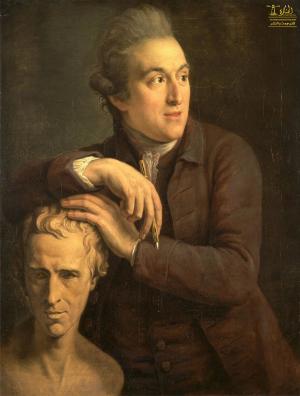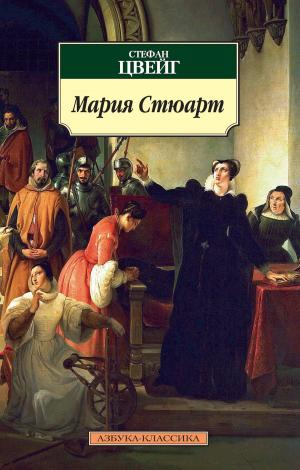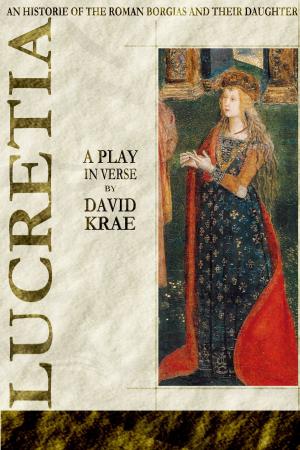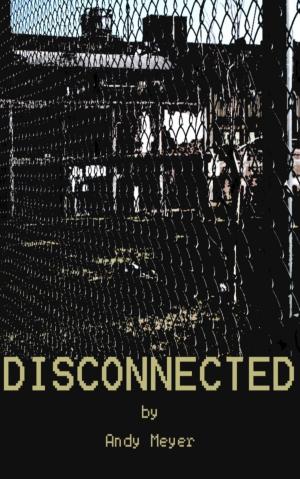| Author: | Johanna Miklos | ISBN: | 9781310423345 |
| Publisher: | Johanna Miklos | Publication: | September 11, 2014 |
| Imprint: | Smashwords Edition | Language: | English |
| Author: | Johanna Miklos |
| ISBN: | 9781310423345 |
| Publisher: | Johanna Miklos |
| Publication: | September 11, 2014 |
| Imprint: | Smashwords Edition |
| Language: | English |
There Is No One Else is a story of love, betrayal, deceit, prejudice and tragedy. Set in Budapest, Hungary, the play tells the story of Istvan and Arabella Geza with World War II, the 1956 Uprising, and the eventual fall of Communism in 1989/90 (the Velvet Revolution) as backdrop. A three-act play with film segments interspersed between the scenes, the story begins with the penultimate scene in the Winter of 1989/90 and then moves back and forth through time.
Istvan and Arabella marry in the spring of 1936. She is 17, pregnant, and from a lower class, Jewish family; he is 21 and from a wealthy, Christian family. Istvan marries Arabella over the crude and vehement protests of his father, Viktor Geza.
Together with their child, Michael, they live happily until Christmas 1944. When Istvan is drafted into the Hungarian army, he insists on sending Michael to his family’s home in Kuta. Arabella remains in Budapest. A stray bomb destroys Kuta, killing everyone except Michael. Neighbors return an irrevocably psychologically damaged Michael to Arabella. Almost simultaneously, the Russians take Istvan as a prisoner of war.
Istvan returns to Budapest eleven years later in October 1956. Arabella has listed him as dead; he has never written to her in all those years. He returns to their Budapest apartment and finds Arabella, now a lawyer, living alone with Michael. He learns of his son’s condition, his parents’ deaths, and the destruction of Kuta. Arabella accepts him as her husband and they struggle to start again. Istvan, however, is both devastated and embarrassed by his son’s condition. He is convinced that Michael would be cured if only he could be made to remember. He also believes that he and Arabella would be happy if only he could recover his family’s property in Kuta. Arabella wants none of it, reminding him that she was never welcomed there. As the Hungarian revolution explodes, Istvan prods Michael’s memory with stories and photographs of Kuta. The shelling, however, is what jolts Michael’s memory. He runs from the apartment looking for the safety of Kuta and dies on the streets of Budapest.
In the Winter of 1989/90, Arabella calls Istvan when a hospital requires her to be released to the care of a family member. When he asks why him, she tells him that there is no one else left. Istvan, however, still believes in a future for them and for Hungary. Arabella is more skeptical. She cannot escape the past, especially her terrible guilt over Michael’s death as she believes Michael was on the streets looking for her. In a desperate attempt to win her back, Istvan finally confesses the truth to Arabella.
There Is No One Else is a story of love, betrayal, deceit, prejudice and tragedy. Set in Budapest, Hungary, the play tells the story of Istvan and Arabella Geza with World War II, the 1956 Uprising, and the eventual fall of Communism in 1989/90 (the Velvet Revolution) as backdrop. A three-act play with film segments interspersed between the scenes, the story begins with the penultimate scene in the Winter of 1989/90 and then moves back and forth through time.
Istvan and Arabella marry in the spring of 1936. She is 17, pregnant, and from a lower class, Jewish family; he is 21 and from a wealthy, Christian family. Istvan marries Arabella over the crude and vehement protests of his father, Viktor Geza.
Together with their child, Michael, they live happily until Christmas 1944. When Istvan is drafted into the Hungarian army, he insists on sending Michael to his family’s home in Kuta. Arabella remains in Budapest. A stray bomb destroys Kuta, killing everyone except Michael. Neighbors return an irrevocably psychologically damaged Michael to Arabella. Almost simultaneously, the Russians take Istvan as a prisoner of war.
Istvan returns to Budapest eleven years later in October 1956. Arabella has listed him as dead; he has never written to her in all those years. He returns to their Budapest apartment and finds Arabella, now a lawyer, living alone with Michael. He learns of his son’s condition, his parents’ deaths, and the destruction of Kuta. Arabella accepts him as her husband and they struggle to start again. Istvan, however, is both devastated and embarrassed by his son’s condition. He is convinced that Michael would be cured if only he could be made to remember. He also believes that he and Arabella would be happy if only he could recover his family’s property in Kuta. Arabella wants none of it, reminding him that she was never welcomed there. As the Hungarian revolution explodes, Istvan prods Michael’s memory with stories and photographs of Kuta. The shelling, however, is what jolts Michael’s memory. He runs from the apartment looking for the safety of Kuta and dies on the streets of Budapest.
In the Winter of 1989/90, Arabella calls Istvan when a hospital requires her to be released to the care of a family member. When he asks why him, she tells him that there is no one else left. Istvan, however, still believes in a future for them and for Hungary. Arabella is more skeptical. She cannot escape the past, especially her terrible guilt over Michael’s death as she believes Michael was on the streets looking for her. In a desperate attempt to win her back, Istvan finally confesses the truth to Arabella.















